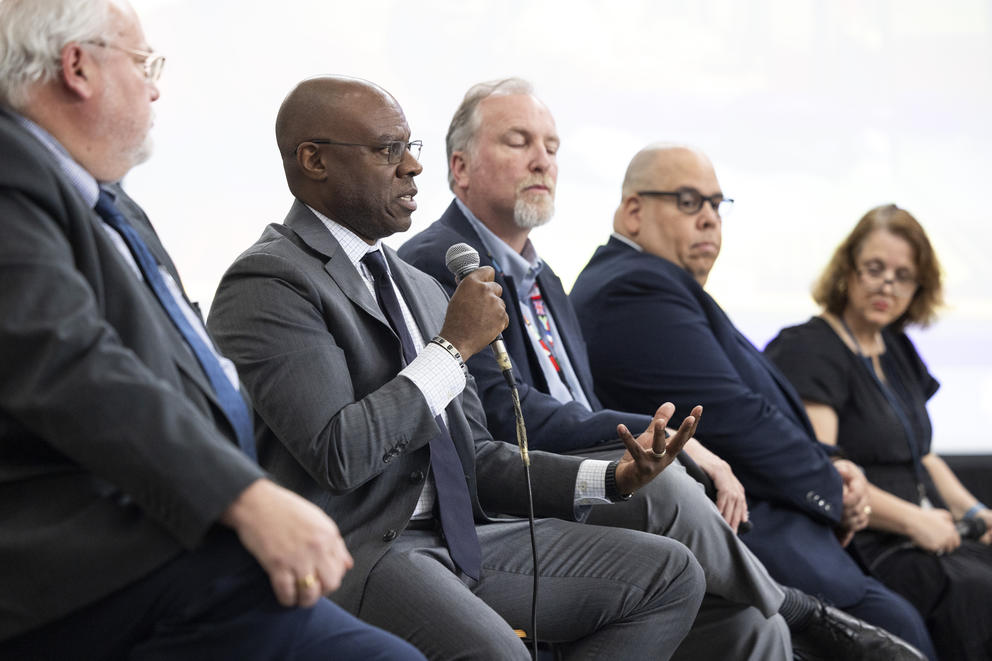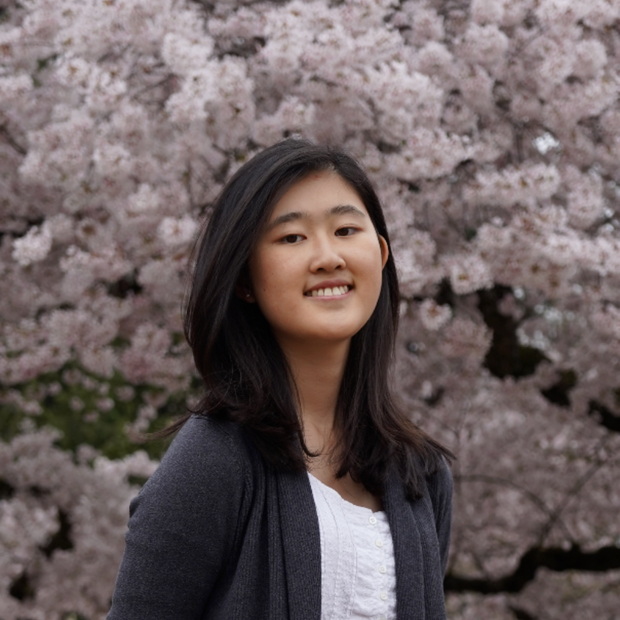Seattle Public Schools heard from parents, teachers and students at four community meetings to share details about the plan for a system of “well-resourced schools.” The school board had been scheduled to vote on the budget on Monday, but the decision has been postponed until June 26. The district said on Monday that the meeting had been postponed so they had more time to incorporate public feedback and because of the shooting last week outside of Garfield High School.
At the community meetings, people expressed concerns about the district’s transparency and whether students will come out from the consolidations better and more equitably supported. One of these was Timmesha Watson, a special education teacher at Pathfinder K-8.
“Title one schools are often first on the chopping block,” Watson wrote in an email. “My hope is that the impact to those furthest from educational justice, particularly our Black students and other students of color, will be carefully considered.”
The district has not announced which schools it plans to close, calling the plan a move toward creating “a system of well-resourced schools.” SPS describes a well-resourced school as one that offers students quality education that meets their specific needs, including aspects such as having multiple teachers per grade level, stable support staff and art, music and PE teachers.
The district’s guiding principles for maintaining such a system include considering the conditions of school buildings, the geographic distribution of schools across the district and ways to support special education and multilingual learners.
According to Chief Operations Officer Fred Podesta, the district will work with the community surrounding each closed school to repurpose the buildings as community centers or for other uses.
Gaps in federal and state funding have been a major reason for the district’s budget shortfall, which stands at about $94 million for the 2025-2026 school year according to numbers posted in the FAQ section of the closure information web page. The district has also seen declining enrollment in recent years. Twenty-nine Seattle elementary schools currently serve fewer than 300 students.
The district can save money and improve the student experience by consolidating students into fewer buildings and concentrating resources on those schools. According to SPS, these actions are the path toward equity. Some parents, like Samanta Gutiérrez, want to know how.
“I came out here because I’ve been a little concerned that there hasn’t been a lot of information about dual-language immersion,” said Gutiérrez, a parent of a first and a third grader at John Stanford International Elementary, during a public meeting at Chief Sealth International High School earlier this month. “And I feel like the community of [people]that utilize this program across the district … including the option schools, is not necessarily having a lot of representation.”
Gutiérrez’s family is a bilingual Spanish-speaking household, and enabling her children to learn content in Spanish is important to her. At John Stanford, an option school that enrolls students by request and reserves a limited number of seats for students whose first or heritage language is Spanish or Japanese, students can spend part of their regular school day learning in one of these languages.
If John Stanford closes, the family might have to leave the home they’ve rented for 13 years in north Seattle to find a neighborhood school that offers dual language teaching.
Seattle resident Chris Jackins, a Ballard High School alumnus and longtime activist in the school system, was handing out flyers opposing the closures at the Chief Sealth entrance before the community meeting began.
Jackins said the school board didn’t seem to be listening to public input in considering closing schools, or considering that different schools might not need the same resources.
“You can waste a lot of money to give resources where people don’t need them, or don’t even want them, just because it’s in the formula,” Jackins said. He thinks the district should focus more on what each school needs to be successful rather than just following a district-wide formula for success.
During the Q&A portion of the meeting, Superintendent Brent Jones responded to a question about the district’s support of dual language instruction by stating that racial equity analysis is built into the district’s DNA.
“I know there’s been lots of questions about how will this impact our students of color for educational justice,” Jones said. “And we do this analysis ongoing, this formative analysis … we were one of the nation’s leader[s] in identifying more racial equity work … I just want to reassure this community that racial equity analysis is something that we do across the board in all of our programs in the Seattle Public School district.”
This version of the story adds comment from the school district.






